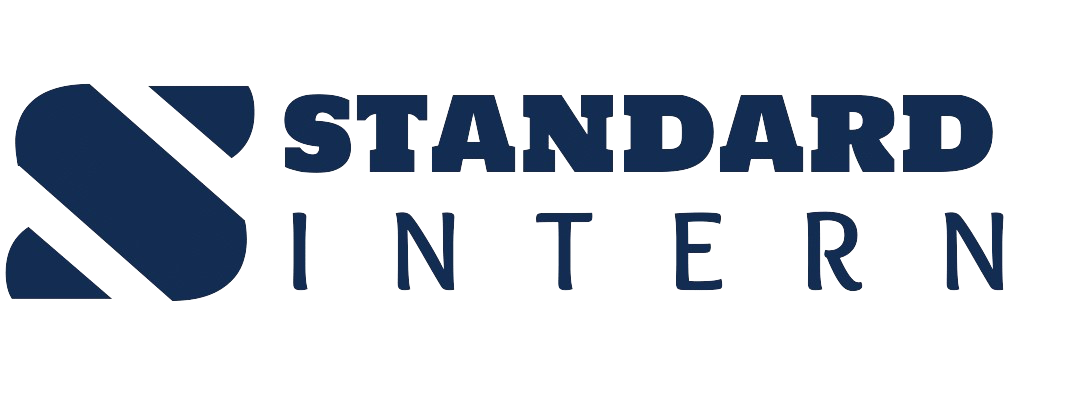
Innovation has long been regarded as the lifeblood of organizations, driving growth, competitiveness, and success in today's dynamic business landscape. As organizations seek to harness the power of Artificial Intelligence (AI) to gain a competitive edge, there is a growing recognition of the role that AI can play in unlocking creativity and fostering innovation across the organization
Augmenting Human Creativity: Contrary to the misconception that AI stifles human creativity, AI has the potential to augment and amplify human creativity in unprecedented ways. By analyzing vast amounts of data, generating novel ideas, and providing inspiration and feedback, AI serves as a catalyst for creative exploration and experimentation, empowering individuals and teams to unlock new insights, perspectives, and possibilities that drive innovation and breakthroughs.
Enhancing Idea Generation and Exploration: AI-powered tools and platforms facilitate idea generation and exploration by providing a wealth of data, information, and inspiration that stimulate creative thinking and problem-solving. From generative design algorithms and creative writing assistants to recommendation engines and trend analysis tools, AI enables individuals and teams to explore a wide range of ideas, concepts, and solutions, accelerating the innovation process and fostering a culture of experimentation and iteration.
Optimizing Workflows and Processes: AI optimizes workflows and processes by automating routine tasks, streamlining operations, and freeing up time and resources for creative endeavors. By offloading repetitive and mundane tasks to AI-powered systems, employees can devote more time and energy to creative pursuits, such as brainstorming, prototyping, and collaborative ideation, leading to more innovative and impactful outcomes across the organization.
Personalizing Creative Experiences: AI personalizes creative experiences by tailoring content, recommendations, and experiences to individual preferences, interests, and needs. Whether it's personalized product recommendations, customized marketing campaigns, or adaptive learning experiences, AI-driven personalization algorithms enhance engagement, relevance, and resonance, fostering deeper connections and interactions with customers, employees, and stakeholders.
Fostering Collaboration and Co-creation: AI fosters collaboration and co-creation by facilitating communication, coordination, and collaboration among diverse teams and stakeholders. With AI-powered collaboration tools and platforms, teams can collaborate seamlessly across geographic boundaries, time zones, and organizational silos, sharing ideas, feedback, and resources in real-time and co-creating innovative solutions that address complex challenges and drive organizational success.
Ethical and Societal Considerations: As AI reshapes the creative process, it also raises important ethical and societal considerations that must be addressed. These include concerns about copyright infringement and intellectual property rights, algorithmic bias and fairness, and the ethical implications of AI-generated content. Organizations, policymakers, and society as a whole must work together to ensure that AI-powered creativity is used responsibly and ethically to create value and positive impact for all stakeholders.
Conclusion: In conclusion, AI and creativity are not mutually exclusive concepts but complementary forces that drive innovation and value creation across the organization. By harnessing the power of AI to augment human creativity, enhance idea generation and exploration, optimize workflows and processes, personalize creative experiences, and foster collaboration and co-creation, organizations can unlock new levels of innovation and competitiveness in the digital age. As AI continues to evolve and permeate every aspect of the creative process, the possibilities for AI-powered creativity are limitless, paving the way for a future where humans and machines work together synergistically to drive meaningful change and innovation across all industries and sectors.



